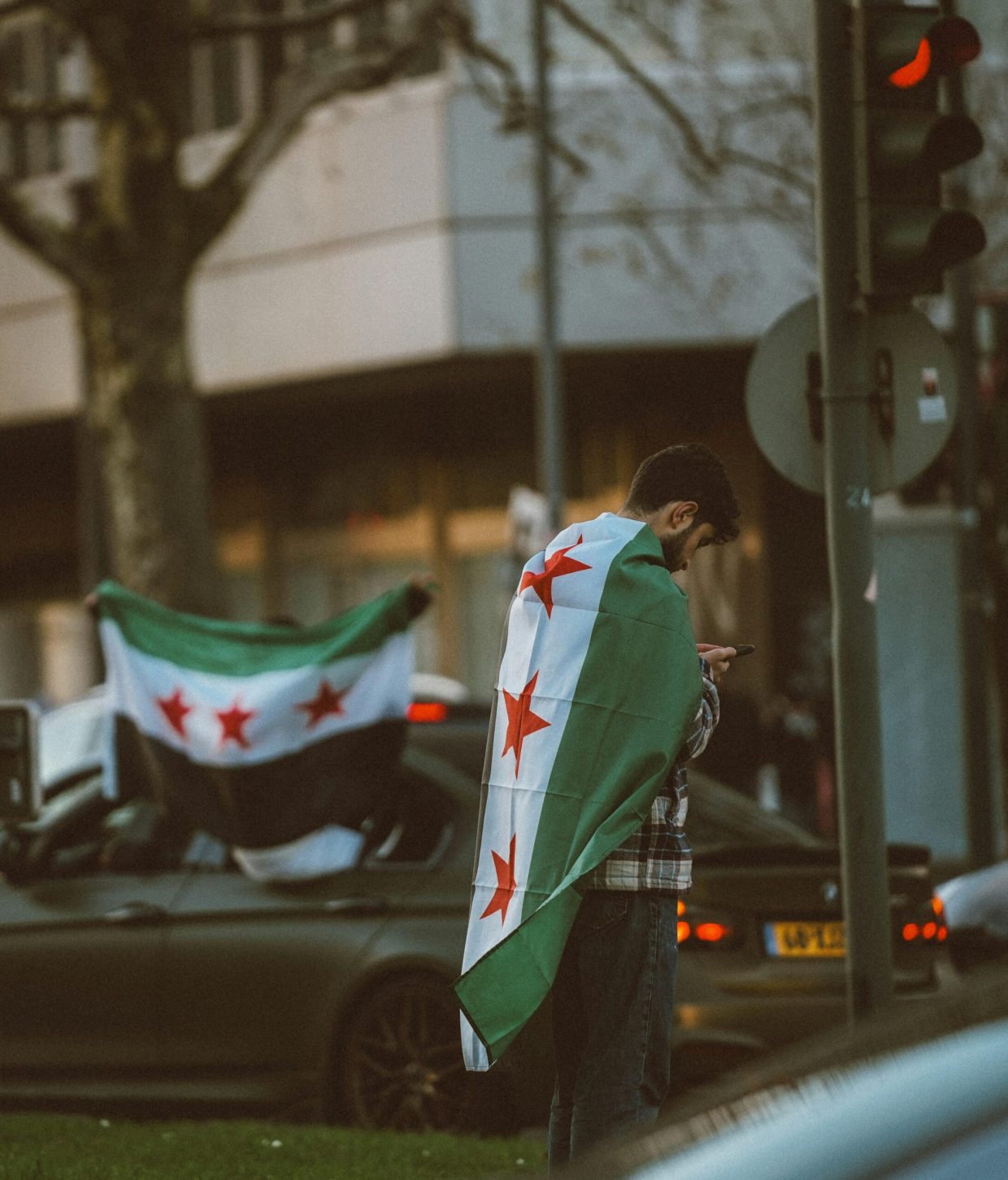The Syrian Civil War, now entering its second decade, continues to evolve amid a complex web of military, political, and humanitarian dynamics. Recent developments signal significant shifts in territorial control, international involvement, and diplomatic efforts, reshaping the landscape of the protracted conflict. This article provides a comprehensive overview of the latest changes on the ground, examining how emerging alliances, strategic offensives, and peace negotiations are influencing the trajectory of the war and its profound impact on the region.
Table of Contents
- Recent Military Advances and Strategic Realignments in the Syrian Conflict
- Humanitarian Impact and the Growing Displacement Crisis
- Role of International Stakeholders and Shifts in Diplomatic Engagements
- Policy Recommendations for Sustainable Conflict Resolution and Reconstruction Efforts
- The Way Forward
Recent Military Advances and Strategic Realignments in the Syrian Conflict
Recent military operations across key Syrian provinces have revealed a marked escalation in both technology deployment and tactical coordination among involved factions. The Syrian government forces, bolstered by advanced drone surveillance technology and precision-guided munitions, have managed to regain control over several contested areas in the northwest. Parallel to these efforts, opposition groups have shifted their strategies, emphasizing guerrilla warfare tactics combined with cyber operations aimed at disrupting logistics and communication networks. This dynamic battlefield transformation reflects a nuanced adaptation to prolonged conflict conditions and underscores the complex interplay of conventional and asymmetric warfare in Syria.
Key strategic realignments observed include:
- Increased collaboration between Syrian government forces and allied militias, improving rapid response capabilities.
- Realignment of opposition factions toward unified command structures to enhance operational clarity and coordination.
- Expanded use of electronic warfare techniques by multiple actors to gain information superiority.
- Heightened involvement of external state actors, shifting balance through logistical support and intelligence sharing.
These developments not only reshape control dynamics on the ground but also influence broader geopolitical calculations, contributing to an evolving and unpredictable conflict landscape.
Humanitarian Impact and the Growing Displacement Crisis
The ongoing conflict continues to exacerbate one of the world’s most complex displacement emergencies, with millions caught in a relentless spiral of uncertainty. Civilians face not only the day-to-day threats of violence but also severe shortages of food, clean water, and medical care, creating a humanitarian landscape marked by despair and urgent need. Internally displaced populations have swelled, overwhelming already fragile infrastructure and humanitarian agencies struggling to provide effective aid under hazardous conditions.
Key challenges shaping this crisis include:
- Mass displacement across regional borders, complicating international aid logistics and refugee protections.
- Targeted attacks on civilian areas that intensify fear and instability, pushing more families from their homes.
- Limited access to critical humanitarian corridors, hindering the delivery of essential supplies and services.
- Psychosocial trauma affecting displaced populations, with particular concern for children and vulnerable groups.
As the situation evolves, coordination between local authorities, international organizations, and community leaders remains pivotal to alleviate suffering and address the intertwined challenges of displacement and humanitarian access.
Role of International Stakeholders and Shifts in Diplomatic Engagements
In recent months, international stakeholders have recalibrated their involvement in Syria, reflecting both evolving geopolitical interests and shifting ground realities. Key actors such as Russia, Turkey, and Iran continue to wield significant influence, yet new players like China have begun to assert a more visible diplomatic presence, signaling a potential rebalancing of alliances. This increasing complexity is underscored by a growing trend toward multilateral discussions, where emphasis is placed on economic reconstruction alongside traditional security concerns. Diplomatic overtures now prioritize stabilizing ceasefires and fostering conditions conducive to a political settlement, with international bodies like the United Nations facilitating renewed peace talks amidst cautious optimism from various factions.
Concurrently, Western powers are adopting a nuanced approach, combining sanctions with selective engagement to counterbalance the influence of regional adversaries. This strategic pivot manifests through:
- Targeted diplomatic missions geared toward conflict resolution and humanitarian aid coordination.
- Support for opposition groups conditioned on tangible progress in governance reforms.
- Collaborative frameworks aimed at preventing the resurgence of extremist elements and managing refugee flows.
These shifts underscore the delicate interplay of diplomacy and realpolitik, as stakeholders seek to reconcile divergent priorities within a fragmented landscape. The Syrian crisis remains a focal point where international engagement is rapidly transforming, reflecting broader trends in regional security architecture and global power dynamics.
Policy Recommendations for Sustainable Conflict Resolution and Reconstruction Efforts
To foster a durable peace in Syria, international stakeholders must prioritize inclusive dialogue frameworks that incorporate marginalized communities and diverse political factions. Empowering local governance structures ensures that reconstruction efforts align closely with the needs of affected populations, enhancing both legitimacy and effectiveness. Additionally, targeted economic aid should be coupled with robust monitoring mechanisms, designed to prevent corruption and the diversion of funds to extremist groups, thereby stabilizing the fragile post-conflict economy.
Furthermore, sustainable conflict resolution demands a comprehensive approach to transitional justice, integrating mechanisms for truth-telling, reparations, and institutional reform. Peacebuilding policies must also emphasize the rehabilitation of critical infrastructure alongside social cohesion programs that address intercommunal grievances. Stakeholders should adopt long-term commitments guided by transparent benchmarks and periodic assessments, ensuring that reconstruction efforts contribute not only to physical rebuilding but also to the restoration of trust and social fabric across war-torn regions.
The Way Forward
As the Syrian civil war continues to evolve, the latest developments underscore the complexity and fluidity of the conflict. Shifting alliances, ongoing military operations, and evolving international involvement all contribute to an uncertain and volatile landscape. Monitoring these changes remains crucial for understanding the broader implications for regional stability and global security. Stakeholders and observers alike must remain vigilant as new dynamics emerge, shaping the future trajectory of Syria’s protracted conflict.













